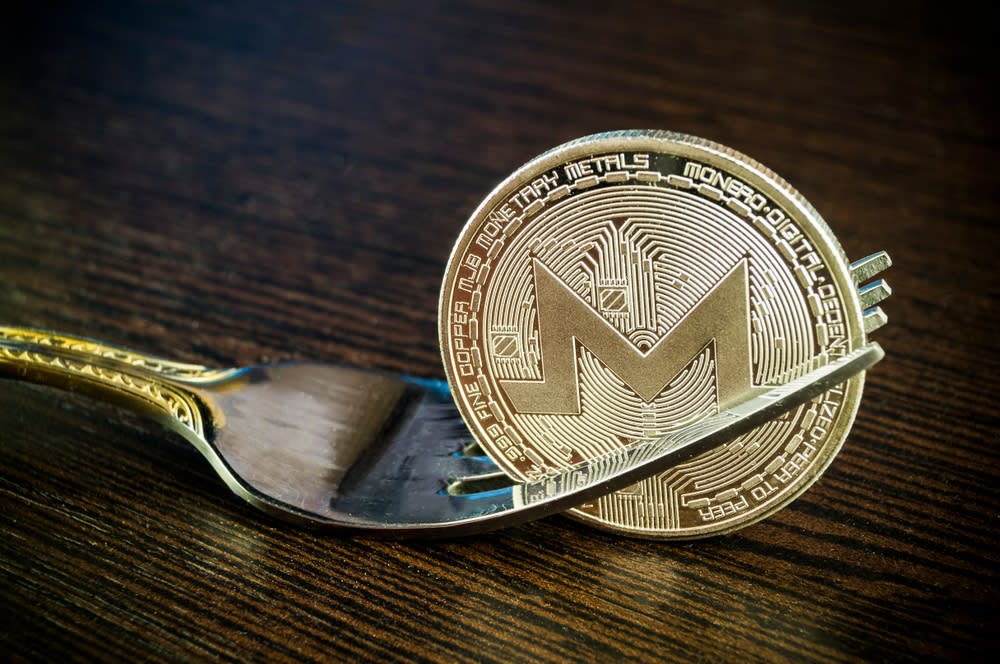
Monero (XMR) was successfully forked earlier today and there have been no major network issues so far. This release is different from regular releases aimed at thwarting ASIC miners. Dubbed Monero 0.13.0 “Beryllium Bullet,” this release includes a major overhaul of network protocols with the introduction of bulletproof features.
Bulletproof description
Improved protocols enable stronger privacy, cheaper and faster transactions, and better ASIC miner resistance.
Bulletproofs is a unique feature among digital assets, at least among the major networks. Enhances user privacy by hiding the number of coins sent in a transaction. This technology implements new logarithmic calculations to validate transactions (if you're interested in the complex mathematics, check out the academic paper that signposted this technology).
The upgraded protocol results in significantly lower transaction fees and faster transactions. The team's blog update reads:
“With the current range proof, the transaction size is approximately 13.2 KB. If we use the single output bulletproof feature, the transaction size is reduced to only approximately 2.5 KB. This is approximately an 80% reduction in transaction size. The use of multiple output proofs further improves the space savings, which also means a significant reduction in transaction size. Initial testing shows that the time to verify Bulletproof is faster than existing proof-of-scope, which means blockchain verification is faster.”
Other side effects have occurred as well. XMR miners have reported a sharp drop in mining difficulty since the fork. The hard disk space required for the blockchain ledger will also be significantly reduced. Overall, this version is a major upgrade that will help Monero remain the top privacy coin.
Monero developers strongly recommend that you upgrade your wallet and nodes if you have not already done so, as running an older version may result in lost transactions.
ASIC Resistance: The War Continues
As reported by CCN, the team behind Monero has publicly declared war on ASIC mining equipment. This happened after Bitmain released specialized equipment that would congest CPU and GPU miners if they changed the mining algorithm and the cryptocurrencies did not “brick” Bitmain's ASICs.
Monero's long-standing goal is to make coins mineable by all users, not just manufacturers and mining farms with the resources to put in massive hashing power, as is happening with the Bitcoin network. In this way, the average user can use his GPU and CPU chips and remain profitable. To stay one step ahead of ASIC manufacturers, Monero's developers have agreed to upgrade their network and adjust their Proof-of-Work (PoW) capabilities every six months. Today's Crossroads continues that battle.
Featured images from Shutterstock
The article Monero Forks: Bulletproofs Integration Kicks off New Era of Privacy, Speed appeared first on CCN.

